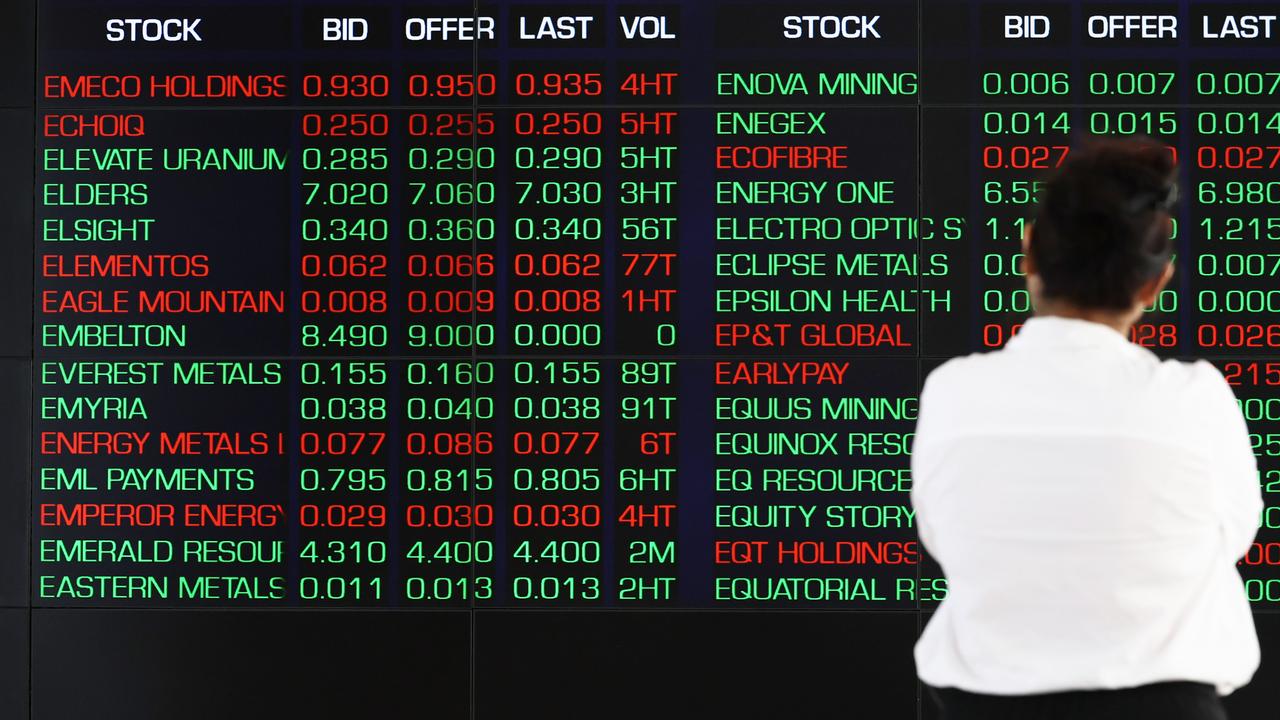The LG Velvet is sexy with great battery life at a mid-range price
The LG Velvet is a sexy mid-range 5G handset with looks and capability.
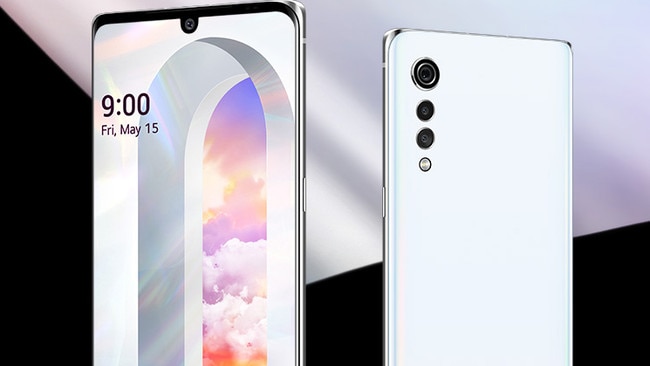
LG excels at making great appliances and TVs with fantastic OLED displays. However, the Korean outfit hasn’t enjoyed the same success in the premium smartphone market. It has produced very good phones with occasional brilliance over the years, often with snazzy features designed to appeal to early adopters.
However, consumers simply have preferred other brands, especially Korean rival Samsung with its sophisticated operating system, high end smartphone camera features.
LG has gone back to the drawing board, producing an appealing mid-range 5G handset that’s half the price of last year’s $1728, 6.4-inch LG V50 ThinQ, one of the first 5G phones on the Australian market.
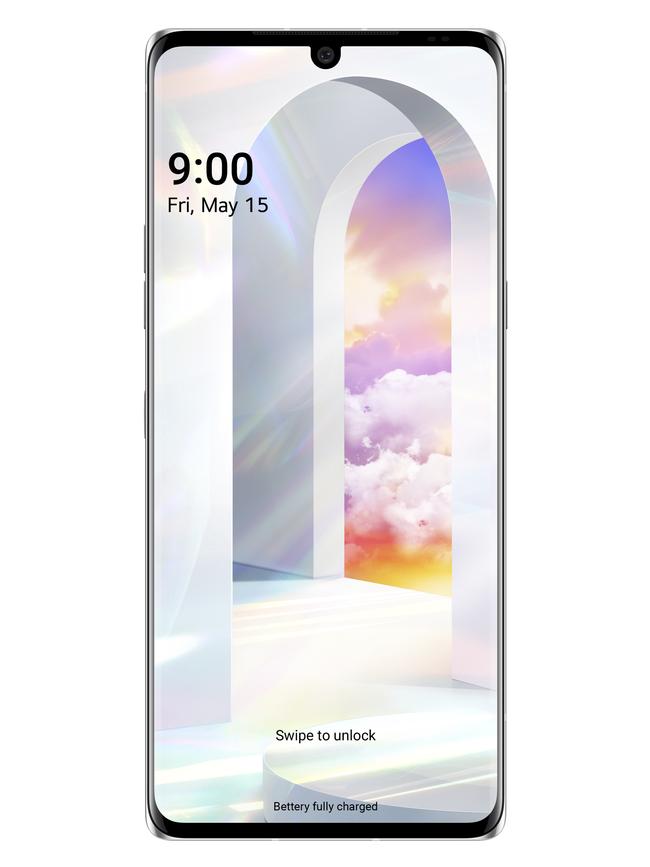
For once, the new phone has an easy-to-remember name, the LG Velvet. Such a simple name brings back memories of LG’s slider phone in 2006, the LG Chocolate. Why can’t all model names be that simple? Maybe the next one can be chocolate velvet cake? Delicious.
Looks wise, the Velvet is exquisitely beautiful, almost sexy. It could be love at first sight and a budding romance when you spot it on the shop shelf. It’s a tall (very tall), narrow phone with a long and skinny 20.5:9 aspect ratio display. These dimensions are not only great for watching movies, but it’s easy to wrap your hands around the narrow albeit long unit.
The bezel or frame around the display is small, giving the phone a modern look.
The rear side has three camera lenses and a flash arranged vertically in what LG describes as a “tear drop”. Rear lenses are 48MP, an 8MP wide-angle lens and 5MP depth or time-of-flight (TOF) sensor that can accurately measure distances to objects.
A TOF sensor helps a phone more accurately blur portrait shot backgrounds, and improves the 3D image and augmented reality experiences. There‘s a 16MP selfie camera at front.
CLICK TO ENLARGE THE SHOTS BELOW.
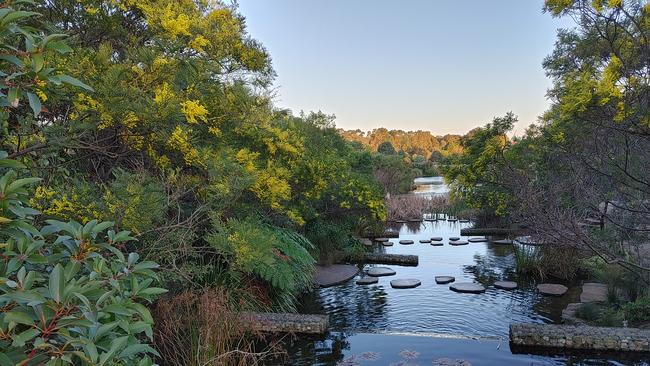
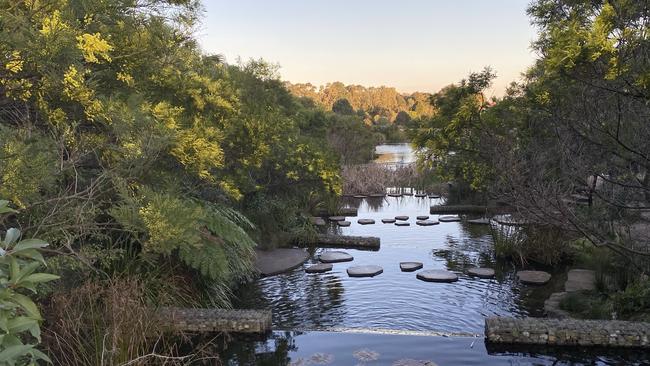
The Velvet’s camera is no slouch. In daytime the back facing camera takes sharp images, as it should with such a high resolution main lens.
However, default images can be a tad too sharp but slight colour variations (see the rocks on the bush trail image) aren’t as noticeable as on, say, iPhone 11. Colours can be a little to vivid. But it’s pretty good.
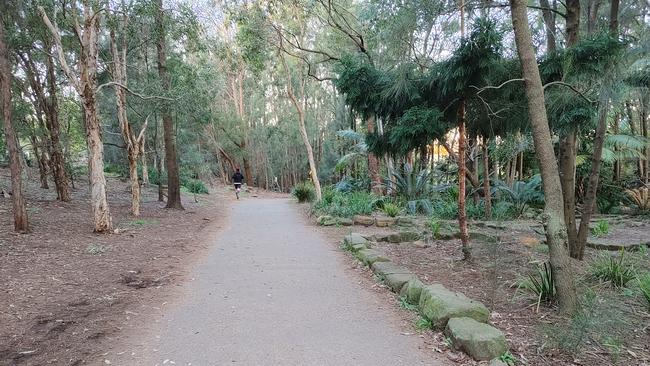
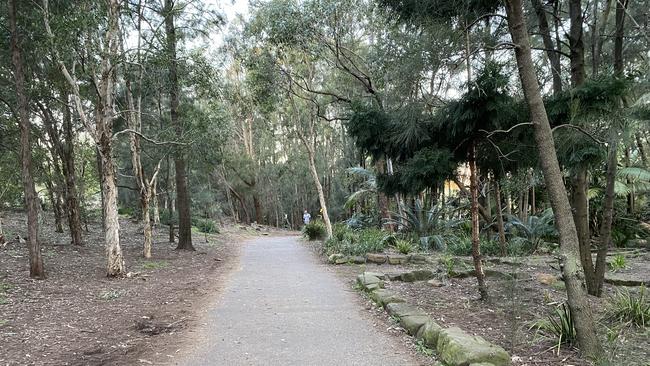


The Velvet just didn’t deliver detail in low light conditions even with night mode selected.
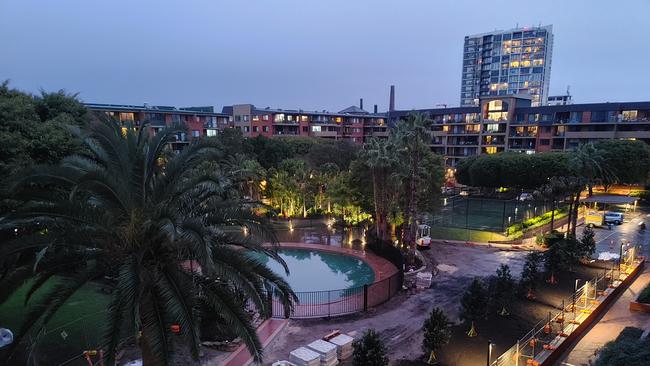
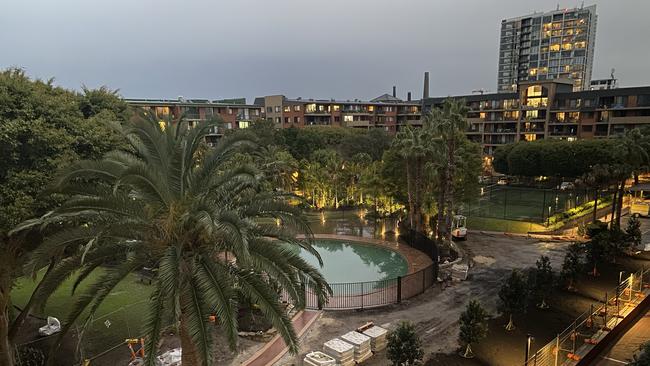
You don’t get the very large array of camera options as with some other handsets, but choices are adequate: photos, time-lapse, portrait, panorama, a single slo-mo mode and you can broadcast directly to YouTube live from the camera app. The image zoom range is 0.5x to 10x.
The Velvet’s time-lapse capability is cool: you can swap between 1,5,10,15,30 and 60 times mid video. You can shoot 4K video at 30 fps back and front.
The Velvet has a powered USB-C connector at bottom and a 3.5mm audio jack.
Unlike the LG V50 which has a 2K display, the Velvet has a 1080p P-OLED display so resolution is a less with around 395 pixels per inch density. The benefit is much better battery life.
The phone is lightweight at 180g, uses a Qualcomm Snapdragon 765G processor found on more than 20 mid-range 5G handsets. You get 6GB of RAM memory and 128GB of internal storage. You can add a microSDXC card for up to 2TB extra storage.
You can unlock your phone with fingerprints by pressing the screen rather than a button on the back however fingerprint recognition is a little slow compared to what I experience on other handsets. The phone doesn’t support face recognition unlocking.
The Velvet is rated IP68 for water and dust resistance (30 minutes at up to 1.5m deep), and supports wireless charging. You can use a Wacom pen to scribble on it.
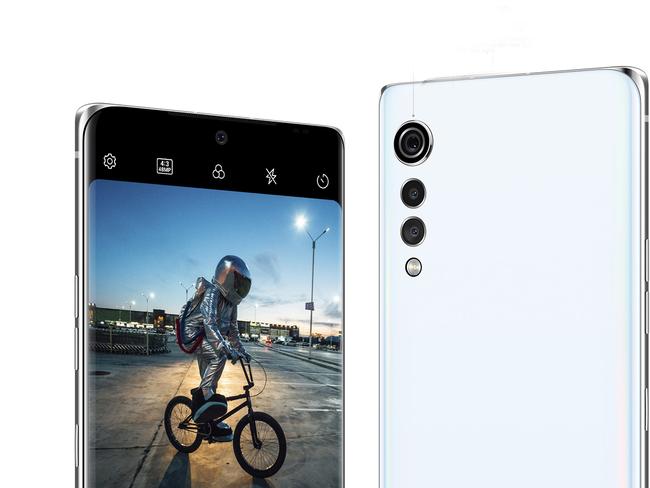
You get Android Q (10) overlaid with LG’s UX 9 user interface. I’m not a fan of manufacturers overlaying their own user interfaces unless this adds significant features to Android’s already feature rich OS.
UX 9 has brought format improvements with the galleries app and the placing of call related functions. However there are more important reasons why you need to overlay the OS on the Velvet.
One is LG’s dual screen accessory (now sold separately). You attach another screen the size of the phone for a dual screen interface. We’ve already seen it on phones like the V50, V60 and G8X. The Velvet supports this, but beware, you can’t use the same accessory for different LG models because they are different sizes. (Sadly, LG says the dual screen isn’t available in Australia for this particular model.)
Desktop mode is another. You can run a USB-C to HDMI cable from the phone to a display and enjoy the Velvet’s quasi desktop experience. It’s LG’s copy of the Samsung DeX concept and, again, Velvet supports it.
Dual screen and desktop mode are not standard Google Android features, so you need separate software to run them.
Velvet’s USB-C port supports data transfers, so you can plug in an external hard drive or flash drive and transfer files.
I ran the AuTuTu benchmark on the Velvet to see if its 765 chip set cuts muster. It scored 318737, which beats 41pc of phones rated by AnTuTu. It ranks a bit below Samsung‘s S9+ and Note 9 of 2018. What was premium two years ago chip set wise is mid range now and half the price.
Battery life is superb. I ran our usual test continuously playing 1080p video at 50pc brightness and the phone lasted 19 hours, 25 minutes on one charge. Things would be different if your work requires lots of processing power or graphics capability, but the test shows the phone’s chip set delivers efficient energy use. The phone’s big 4300 milliampere hour battery can take a bow too.
The dual speaker system offers plenty of volume although most will jump to use headphones connecting with the 3.5mm audio socket. LG hasn’t included its Quad DAC high definition audio feature in this phone.
The Velvet is not as feature rich or as powerful as high end handsets. The camera isn’t as clever as Samsung and Apple ones. If that doesn’t bother you, the mid range price tag for a decent 5G phone might hit the spot.
It will be available shortly from JB Hi-Fi, The Good Guys, Vodafone. Other partnerships are to be announced.
Price:$899.


